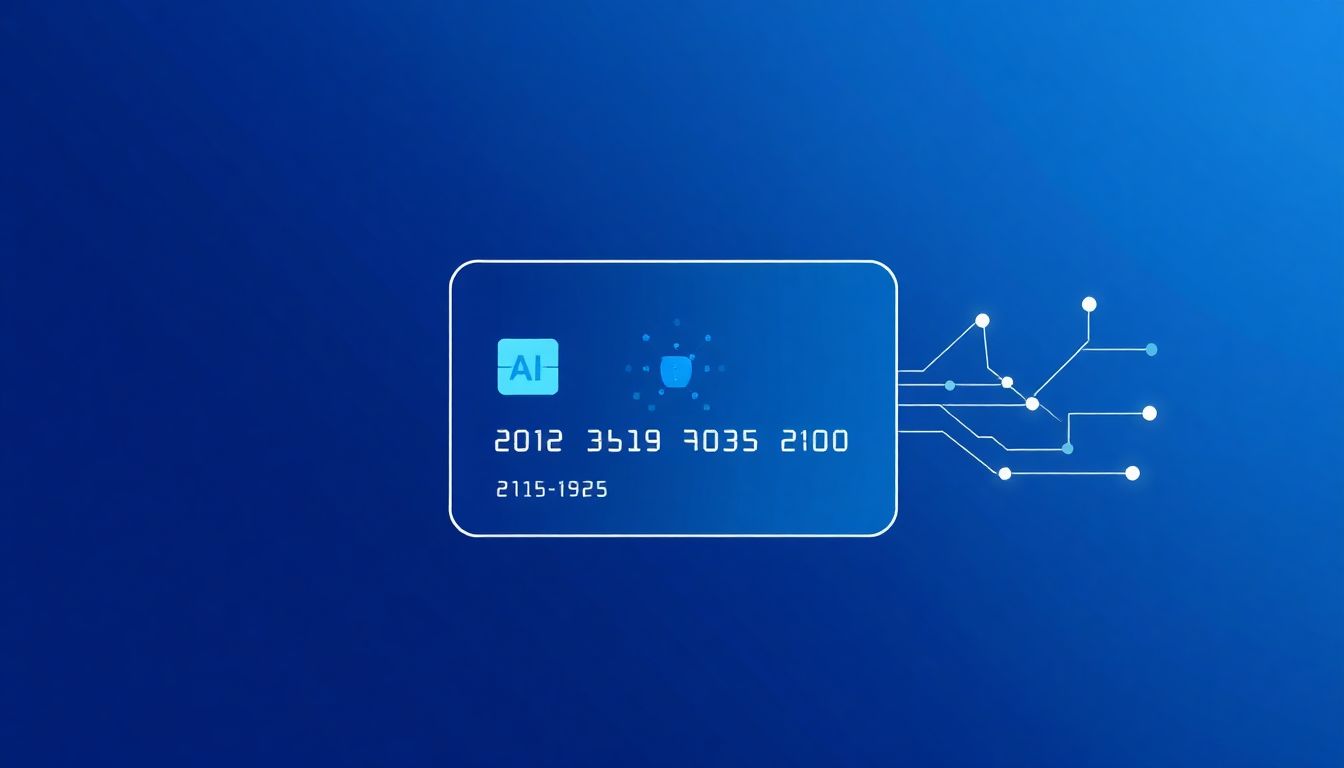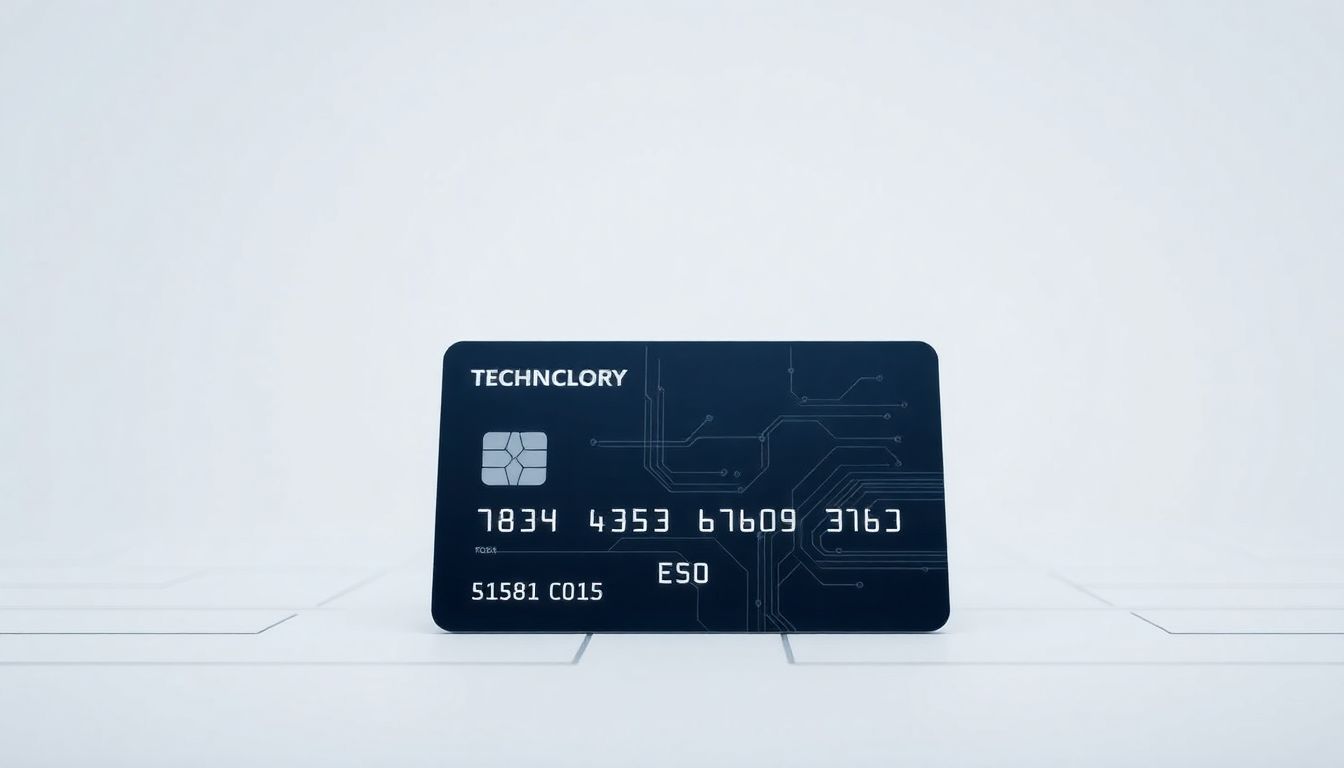Many people worry about credit card fraud and how AI can catch it. They wonder if new technologies can really keep their money safe in 2025. If you keep reading, you’ll see how AI is changing the game, making fraud detection smarter and faster than ever before. We’ll also look at what banks can do now to stay one step ahead and what challenges still remain.
Key Takeaways
Key Takeaways
- AI in 2025 detects 87–94% of credit card fraud quickly by analyzing billions of transactions daily, spotting unusual patterns like different locations or random spending, and stopping fraud before serious damage occurs.
- Machine learning models such as Random Forests and anomaly detection are key tools, achieving high accuracy by learning normal behaviors and identifying deviations that suggest fraud, including complex schemes like synthetic identities.
- Real-time AI monitoring evaluates every transaction instantly, flagging suspicious activity immediately—such as concurrent spending in different places—to prevent losses and protect consumers.
- Consumers generally trust AI security more, but false positives can upset users. Clear communication and simple verification options help build confidence in fraud protection methods.
- AI also fights emerging scams like voice cloning and fake identities by analyzing voice patterns and data links, allowing banks to catch new fraud techniques early.
- To implement effective AI fraud systems, start with good data, test small projects, pick trusted providers, ensure transparency, train staff, and continually refine models based on new patterns.
- Challenges remain, including false alarms and data issues; addressing these involves quality data, regular updates, staff training, and staying aware of evolving scams to keep systems effective.
- In the future, AI will improve at predicting fraud before it happens, using deeper behavioral insights and adapting faster to sophisticated schemes, making credit card use safer overall.
- Ongoing efforts should focus on updating AI tools, training teams, sharing information to gain customer trust, and partnering with reliable providers to stay ahead of fraudsters.

1. How AI Detects Credit Card Fraud in 2025
In 2025, AI is the backbone of credit card fraud detection, analyzing billions of transactions daily to spot suspicious activity faster than ever.
It scans for patterns that humans might miss, like unusual spending amounts, locations, or times, and flags these in real time.
Recent data shows AI-powered tools now detect between 87% and 94% of fraudulent transactions, helping banks save billions.
For example, when an account suddenly makes purchases in different countries, AI quickly identifies it as suspicious.
This rapid analysis lets banks block fraud attempts before they cause real damage, saving consumers time and frustration.
2. Key AI Techniques Used in Credit Card Fraud Detection
Most AI systems use machine learning algorithms like Random Forests, which can achieve accuracy up to 99.95%.
These models learn from historical transaction data, identifying what normal behavior looks like and catching deviations quickly.
Another popular method is anomaly detection, which spots outliers that signal potential fraud, such as a sudden spike in spending.
Deep learning techniques also play a role, especially in recognizing complex fraud patterns like synthetic identities or voice cloning scams.
In practice, combining these methods creates a multi-layered approach that makes fraud detection more reliable and faster.
3. How Real-Time Fraud Monitoring Works with AI
Real-time fraud monitoring with AI means transactions are evaluated instantly as they happen, not hours or days later.
Once a purchase is attempted, AI analyzes the data against a vast database of known fraud patterns and customer behavior.
If something looks off, AI flags the transaction and can even automatically decline it or send an alert to the user.
For instance, if your credit card is used in two places at once or for an unusually high amount, AI catches it immediately.
This quick response minimizes losses and prevents fraud from escalating, saving time and money for both banks and customers.
If you’re interested in how AI tools can help your organization stay ahead of fraud, you might want to explore options on [sellaitool.com](www.sellaitool.com). It’s a great marketplace for AI solutions focused on security and fraud prevention.

8. The Impact of AI-Driven Fraud on Consumer Trust and Behavior
As AI becomes more effective at catching fraud, consumers tend to feel safer using their credit cards online, but some worries still linger.
Recent stats show that about 87% of users report increased confidence in transaction security when AI tools are in place.
However, if AI mistakenly flags legitimate transactions, it can lead to frustration and erode trust, making people hesitant to shop or use their cards freely.
To improve trust, banks should communicate clearly about how AI works and the measures they take to protect users without causing inconvenience.
Offering easy ways for consumers to verify transactions or quickly report false positives can help build a stronger sense of security.
Sharing real stories where AI successfully prevented fraud can also make customers more confident that their money is in safe hands.
9. How AI Can Help Prevent Emerging Fraud Schemes Like Synthetic Identity and Voice Cloning
Fraudsters are always coming up with new ways to cheat systems, and AI is both part of the problem and part of the solution.
Scams like synthetic identity fraud—where criminals create fake identities—are climbing, with about 18% of fraud cases involving this tactic.
Voice cloning scams are also on the rise, with around 28% reporting being targeted by AI-powered impersonations.
Luckily, AI can detect these tricks by analyzing subtle clues, like inconsistencies in voice patterns or unusual data linkages.
Using biometric analysis and advanced pattern recognition, AI can flag synthetic identities before they cause major damage.
Banks should stay updated on these new threats and enhance their AI systems to identify and stop such scams early.
10. Practical Tips for Implementing AI-Based Fraud Detection Systems
If your bank or business wants to jump on the AI train, here are some proven steps to get started.
- Assess your current data: Make sure you have enough transaction info to train AI models effectively.
- Start small: Use pilot programs with focused AI tools to see what works best before full deployment.
- Choose reliable tech providers: Look for vendors with proven track records, like **Feedzai** or **Kount**.
- Prioritize explainability: Opt for AI systems that can provide clear reasons for flagging transactions, boosting transparency.
- Train your staff: Ensure your team understands how AI fraud detection works so they can make informed decisions.
- Monitor and adapt: Keep an eye on false alarms and adjust your models regularly to improve accuracy.
Remember, integrating AI isn’t a one-and-done deal—continuous tuning and evaluation are key for staying ahead.
11. Ongoing Challenges in AI Fraud Detection and How to Address Them
Even with all its benefits, AI isn’t perfect—there are hurdles to overcome along the way.
One major challenge is the high rate of false positives, which can annoy users and lead to lost sales.
Also, around 80% of merchants find it tricky to use AI tools effectively, often because of lack of expertise or data issues.
To reduce these problems, focus on collecting high-quality data and giving your AI models regular updates based on the latest fraud trends.
Investing in training your staff and choosing user-friendly tools can also help make AI more manageable and effective.
Being aware of emerging scams and continuously researching new AI techniques ensures your system remains strong against evolving threats.
12. Future Outlook: How AI Will Continue to Change Credit Card Fraud Detection
Looking ahead, AI is likely to get even better at spotting fraud with fewer mistakes, thanks to advances in deep learning and data analysis.
We might see smarter AI that predicts fraud before it happens, moving from reactive to proactive detection.
The use of behavioral analytics, like monitoring how users typically interact with their accounts, will become more refined.
As fraud schemes grow more sophisticated, so will AI tools, learning on the fly and adapting to new threats automatically.
It’s also expected that AI will help create more seamless fraud prevention, blending security measures with user experience.
Ultimately, staying updated on these trends and continuously improving AI systems is key to keeping credit card users safe in the future.
13. Final Tips for Staying Ahead in the Fight Against Credit Card Fraud
To wrap things up, remember that combatting fraud is an ongoing process, not a one-time fix.
Regularly review your AI systems and update them based on emerging fraud patterns and new technology developments.
Invest in staff training, so your team can interpret AI alerts properly and act quickly.
Encourage transparency with your customers about how their transactions are protected—it builds trust.
And don’t forget to partner with good AI solution providers—like [sellaitool.com](www.sellaitool.com)—who understand the latest fraud tactics.
Finally, stay curious and open to trying new approaches because fraudsters won’t sit still—neither should you.
FAQs
AI analyzes patterns in transaction data to identify anomalies that suggest fraudulent activity. It learns from historical fraud cases, enabling early detection and reducing false positives for better security.
Techniques include machine learning algorithms like decision trees, neural networks, and anomaly detection methods that identify suspicious transactions based on learned patterns and behaviors.
AI continuously analyzes transactions as they occur, flagging unusual activity instantly. It adapts to new fraud patterns, helping institutions act quickly to prevent unauthorized use.
Transparency involves explaining how AI models make decisions, ensuring understandable rules and features are used, and providing clear rationale for flagged transactions to build trust.